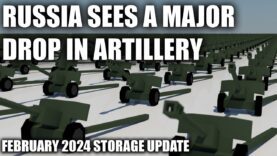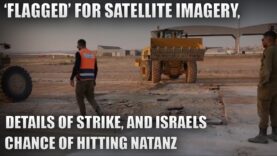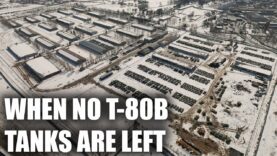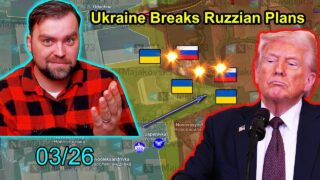Was Iran’s Strike Actually A Success?
Was Iran’s Strike Actually A Success?
Video Summary
I decided to purchase satellite imagery of two bases, on two separate dates, to compare and analyze the damage. Due to restrictions, however, I’m not authorized to display the images. I can only share the conversation started with a sentiment. The imagery shows that the damage is more vast than initially thought, with debris likely caused by missiles flying over nearby C130s, which Israel confirmed as damaged.
Comparing lower-resolution imagery available on social media, I found some areas that were reported as damaged but did not show significant signs of impact. This is not to say that some damage didn’t occur, but it’s clear that the extent was much smaller than initially claimed. One possible reason for this is that Iran used older and less advanced missiles, resulting in a lower accuracy.
The impact of the attack, however, is significant in terms of its effects on Israel’s missile defenses. Israel’s limited stockpile of interceptors was used up, making them potentially vulnerable to future attacks. Additionally, Israel’s use of their missile defenses revealed their locations, allowing Iran to plan future attacks more effectively. Moreover, the attack may have helped Iran in its domestic and regional propaganda efforts, showing off its ability to strike Israel and demonstrate its willingness to do so if required.
This, in turn, may have helped to minimize Israel’s justification for a larger counterattack. Despite this, the real concern remains the development of Iran’s nuclear capabilities. It has produced over 1.6 tons of 5% enriched uranium, allowing it to potentially create two nuclear bombs in less than two months. Israel is keen to disrupt these sites, particularly the Fero and Nans facilities used for uranium enrichment. These sites are buried deep underground, making them challenging to destroy, but not impossible.
Israel’s counterattack, though small, may have helped map out Iran’s air defenses, allowing for future planning and potential strikes. Ballistic missiles, while less complex, could be used to attack these sites, but Israel lacks a sufficient supply. The future of this conflict remains uncertain, with de-escalation efforts underway.























![Europe is Actually Rearming [ONLY THIS WILL FRIGHTEN PUTIN]](https://24ukraine.com/wp-content/smush-webp/2025/04/Europe-is-Actually-Rearming-ONLY-THIS-WILL-FRIGHTEN-PUTIN-320x180.jpg.webp)
